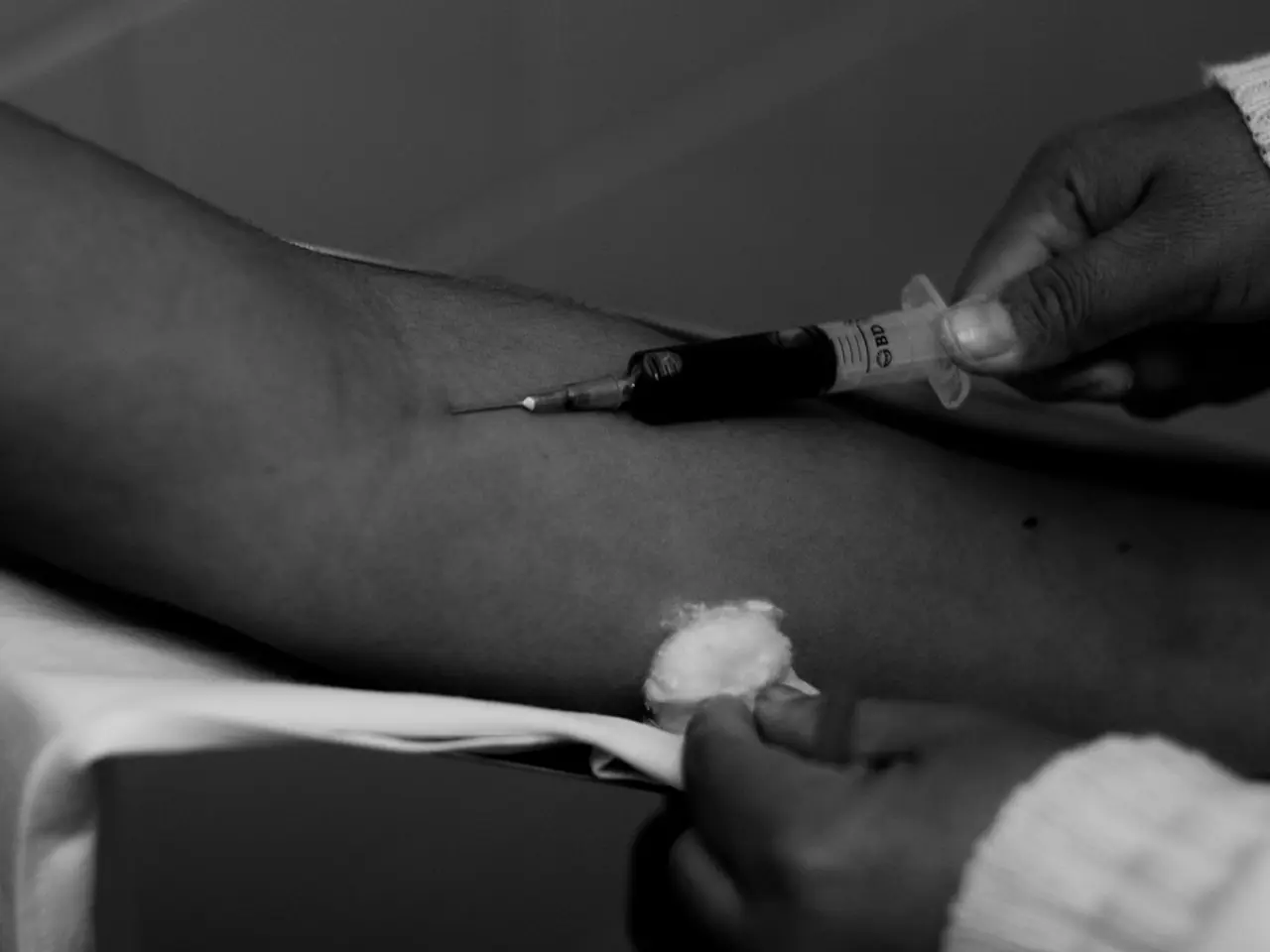Long-Term Experience with Botox: 16 Insights Shared After 13 Years of Use
In the world of cosmetic treatments, Botulinum Toxin injections, more commonly known as Botox, have become a popular choice for many. This article aims to provide a comprehensive overview of Botox, its uses, and related treatments.
Botox is a brand name for cosmetically licensed botulinum toxin type A. It's been used in treatments such as muscle spasticity and cosmetic applications since the early 1990s, when it was first administered in Germany.
When it comes to cosmetic applications, Botox is primarily used to paralyse muscles, preventing dynamic or expression lines that can set into wrinkles and crow's feet. However, constant use can lead to weakening and flattening of facial muscles, heavy drooping brows, and thinning skin.
Adverse effects of Botox injections are generally limited. You might experience a droopy or lopsided brow, looking a bit too 'frozen' for a few weeks, or bruising where the needle went in. For those concerned about a more 'natural' look, 'Baby Botox' is the practice of injecting muscles with smaller amounts of toxin than is usually prescribed.
Micro Botox, on the other hand, is a treatment aimed at those with oily skin. It reduces sebum production and decreases pore size. It's important to note that Micro Botox is not the same as baby Botox; it's the originally Korean practice of injecting tiny, superficial injections of toxin all over the face into the lower dermis.
Dermal fillers, not to be confused with Botox, are used to add or restore volume to the face, not specifically to treat wrinkles.
Botox does not improve skin quality. It does not hydrate or soothe skin, protect it from environmental assault and sun damage, stimulate collagen and elastin, or diminish pigmentation. The ageing process (pigmentation, loss of tone and volume, dull skin) will continue regardless of Botox use, potentially leading to an oddly distorted appearance.
A 'Botox face lift' or 'Nefertiti lift' refers to the upper face lift-effect that some people get from an eye lift using toxin injections. More recently, experienced doctors have been using more sophisticated techniques, focusing on injecting toxin into the jaw and neck to lift the lower face.
Subconscious teeth grinding (or bruxism) can be treated with Botox injections in the jaw's masseter muscles, which can bring quick relief and, after a few weeks, a visibly more V-shaped and therefore 'feminine' jaw.
It's worth noting that most cosmetic doctors suggest starting Botox from the moment the first fine lines start to set in. However, it's best to start as late as possible, in the opinion of the author. Going for a 'hard reset' and going back to your 'natural' face as much as possible between treatments can help avoid falling into the trap of getting used to an increasingly 'unlikely' face.
The cost for a small area like frown lines is £200, while the entire forehead and crow's feet could cost around £500. Toxin injections last around three to four months, but the smaller the amount of toxin, the less long it will last.
Botox is considered safe when done correctly by a qualified practitioner. However, it's crucial to be aware of potential risks such as over-recruitment of muscles surrounding the paralyzed area, leading to unexpected lines in unexpected places.
Starting toxin before you even have any expression lines can help keep them at bay for longer. However, it may also make you lose touch with what a normal face full of expression looks like and teach your brain to freak out over lines no-one else notices.
For tweakments that are designed to improve skin quality, one should look for collagen-boosting heat-based treatments such as laser, or injectable skin boosters such as Sunekos.
In the UK, Azzalure and Bocouture are other brands of the same toxin available. With this guide, we hope to have provided you with a clear understanding of Botox, its uses, and related treatments. As always, consult with a qualified practitioner to discuss what's best for you.
Read also:
- Peptide YY (PYY): Exploring its Role in Appetite Suppression, Intestinal Health, and Cognitive Links
- Toddler Health: Rotavirus Signs, Origins, and Potential Complications
- Digestive issues and heart discomfort: Root causes and associated health conditions
- House Infernos: Deadly Hazards Surpassing the Flames








